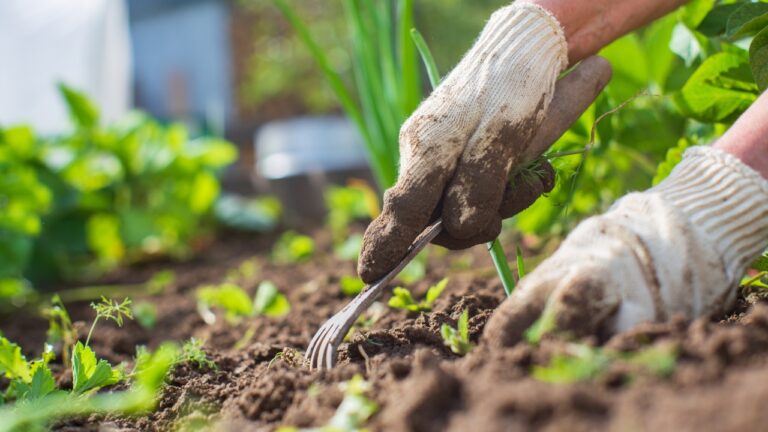What You Shouldn’t Do When Moving Animals Between Pens
Moving livestock sounds straightforward—open a gate, lead them over, close it again. But a lot can go wrong if you rush it or overlook key details. Stress, injury, or escape can all happen faster than you think, especially if the animals aren’t used to handling.
Whether you’re separating animals, rotating pasture, or expanding their space, these are the mistakes that’ll cost you time and maybe even a vet bill.
Moving Them Alone Without Backup

You might be able to move one or two calm animals solo, but anything beyond that is risky without a second set of hands. Animals are less predictable in new situations, and if something spooks them, they can bolt, knock you over, or slip through a weak point.
Forgetting to Check Gates and Fencing First

Before you open anything, double-check that every latch, panel, or wire is secure where you’re headed. It’s easy to assume things are fine—until your livestock run through a gap or push open a gate you forgot to chain.
Skipping a Calm-Down Period

If they’ve been worked up or separated recently, don’t move them right away. Wait until they’re calm. Trying to rush animals that are already nervous or agitated only leads to more resistance and possible injury—for you and them.
Letting Feed Be the Only Motivation

Yes, grain helps, but it shouldn’t be the only tool. If you train your animals to only move for food, you’ll be stuck when you don’t have it. Use halters, panels, or gentle pressure so they learn to respond even without a feed bucket.
Mixing New Animals Too Quickly

If you’re combining two groups, don’t toss them together without planning. There will be posturing and possible fights. Have space for them to separate, and introduce them across a fence first if possible. It gives them a chance to sort things out without full contact.
Not Giving Them Time to Explore

Once you move them, let them look around without adding stress. Don’t crowd them or chase them into every corner. Animals settle into a new space better when they can sniff it out, figure out boundaries, and find food and water on their own terms.
*This article was developed with AI-powered tools and has been carefully reviewed by our editors.







